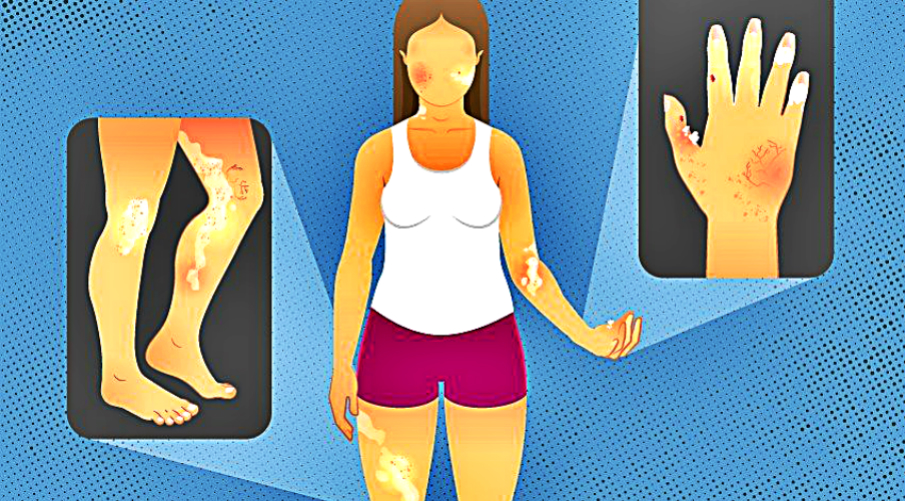Your health is your biggest gift. High awareness of your body’s signals can show you when something is wrong. That’s why we need to listen to it.
Scleroderma is the name given to a group of autoimmune diseases that cause hardening and irritation to parts of the body, including the skin and blood vessels.
The symptoms of the disease often vary from person to person, and no two cases are the same.
If left untreated, scleroderma can lead to lots of pain and discomfort for the individual affected.
This article highlights four major things you need to know about the condition to better understand and maintain your health.


This is not only true for scleroderma but many other diseases as well. Every illness presents in unique ways in the people affected.
This is why a doctor may prescribe different treatments for the same condition to two different patients.
In scleroderma, some people may only experience mild skin irritation or tightening and hardening of the skin.
Other people may experience symptoms that affect every part of their bodies, including their blood vessels, muscles, and internal organs.
In severe cases of scleroderma, the disease usually affects the individual’s ability to perform certain tasks throughout the day.
Even though every case is different, some symptoms can be consistent through many people and presentations.
One of these is the highly localized skin patch. In this presentation, the disease spares other parts of the body.
Instead, one of the only skin symptoms is hardening and irritation of the skin. This skin irritation is one of the most common symptoms of scleroderma.
Another very common symptom is the appearance of waxy patches on the skin. These are known as morphea and they can appear in many different sizes, shapes, and colors. They are also unpredictable.
Sometimes, morphea patches will increase or decrease in size, or vanish completely without treatment.
Because the disease is primarily an autoimmune disorder, anyone can get it. However, there are risk factors that make some people more likely to get them than others.
These risk factors include family history, genetic factors, and exposure to silica.
The condition is also more common among women and middle aged individuals than it is among any other demography.
However, someone without any of these risk factors can develop scleroderma.
Since it’s an autoimmune disease, it’s exact cause is still being understood, and there’s really no way to predict who might get it.
Autoimmune diseases occur when the body’s immune system starts to attack healthy tissue.
We don’t know what causes them, and unfortunately, there is no cure for them.
However, there are many treatment options available, and they range from physical therapy and medications to surgery and stem cell treatments.
Sometimes, immunosuppressants are also used to treat the conditions. As the name suggests, immunosuppressants limit the actions of the immune system, and that prevents it from attacking healthy tissues.
Stem cell transplants are also used to treat the condition. Here is a link we found you can follow to find out more about this treatment option, https://stemaidinstitute.eu/news/scleroderma-stem-cell-transplant.
You should always consult with a professional doctor before making a decision about your health. In this article we are sharing knowledge for informational purposes only. When important decisions about your health need to be made the smartest decision you can make is speak to a professional. Also, listen to your body. Your body speaks to you. Listen to it. It tells you what it needs, where something is wrong, where to give more attention. Work together with your body to create a healthy system.
This website uses cookies.